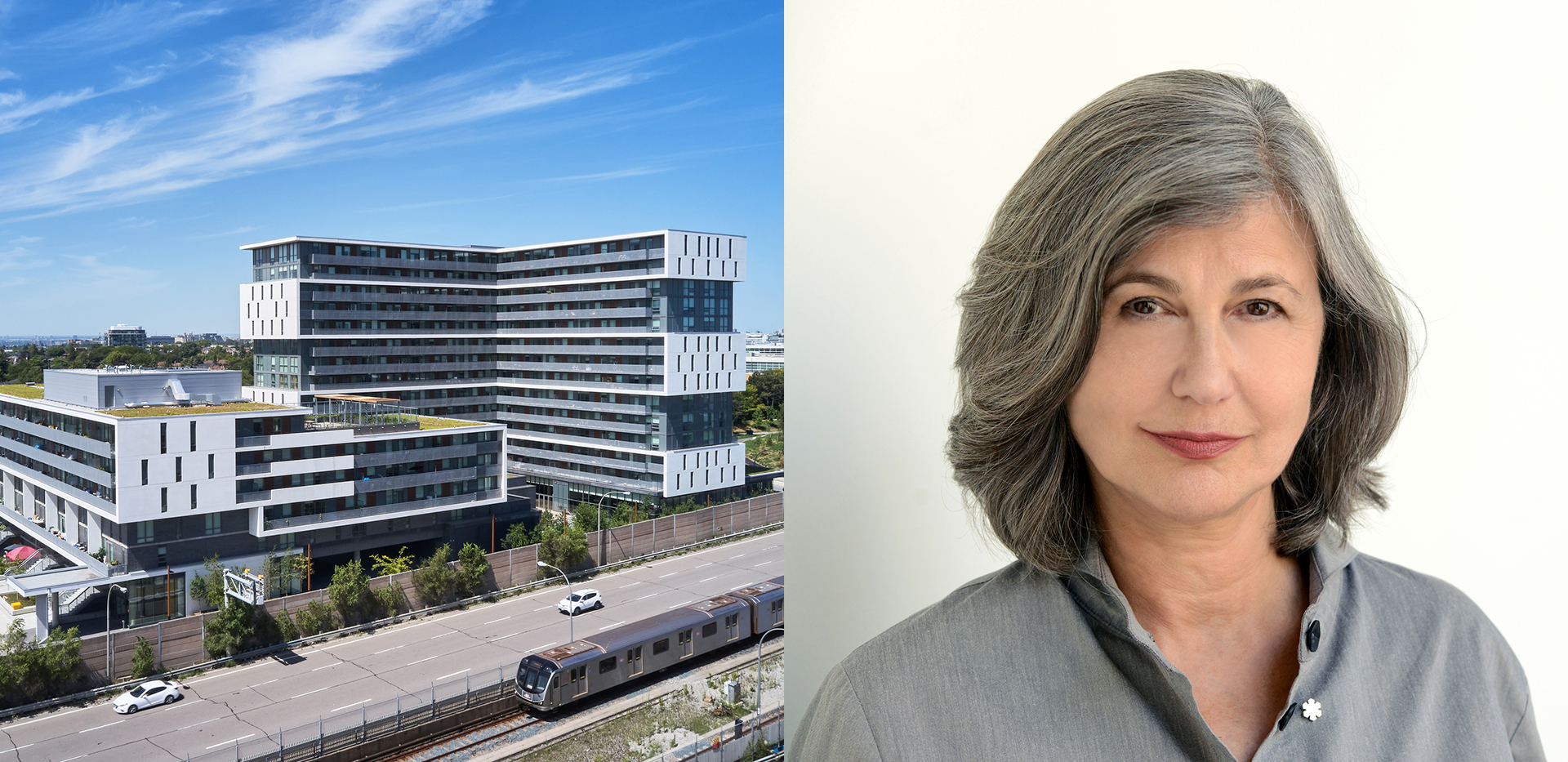Shirley Blumberg on what the COVID-19 pandemic has taught us about creating a better future, ARCHITECT Magazine

September 27, 2021
“The pandemic has also revealed how inextricably bound we are to the global community — and how fundamentally reliant we are on each other… architects and city planners worldwide are called upon to respond to urgent societal challenges… our collective work has social, environmental, and economic impact — and if we really understand this, we can help mitigate inequities and climate change and deploy our resources more wisely around the world.”
In the September/October issue of ARCHITECT magazine, Shirley Blumberg writes about how the pandemic offers lessons architects and designers can use to create a better future.
Throughout history, disease has had a profound impact on urban life and design. What has the COVID-19 pandemic taught us about creating a better future?
Urban population density fuels the spread of illness, particularly in areas with poor living conditions. But monumental public health crises have also advanced the design of cities, indelibly defining them for the future. In the 19th century, London and Paris built robust and unprecedented sewer and sanitation systems to counter the threat of cholera. Additionally, Napoléon lll appointed Georges-Eugène “Baron” Haussmann to reimagine Paris with a vast public works program of generous avenues, parks, and squares that introduced light and air to the city center.
Before the mid-20th century breakthrough development of antibiotics, treatment for tuberculosis was largely environmental: fresh air, sunlight, rest, and nourishing food. In New York, when we believed the lack of fresh air caused malaria and cholera, Frederick Law Olmsted designed Central Park to be “the lungs of the city.”
Keep reading the article, “Driven by Disease,” here.